Math 2.1
Mathematical process standards. The student uses mathematical processes to acquire and demonstrate mathematical understanding. The student is expected to:
- (1) Data analysis. The student applies mathematical process standards to organize data to make it useful for interpreting information and solving problems. The student is expected to:
- (2) explain that the length of a bar in a bar
graph or the number of pictures in a pictograph represents the number of data points for a given
category;
- (A) organize a collection of data with up to four categories using pictographs and bar graphs with intervals of one or more;
- (B) write and solve one-step word problems involving addition or subtraction using data represented within pictographs and bar graphs with intervals of one; and
- (C) draw conclusions and make predictions from information in a graph.
- (D) Personal financial literacy. The student applies mathematical process standards to manage one's financial resources effectively for lifetime financial security. The student is expected to:
- (3) calculate how money saved can accumulate
into a larger amount over time;
- (A) explain that saving is an alternative to spending;
- (B) distinguish between a deposit and a withdrawal;
- (C) identify examples of borrowing and distinguish between responsible and irresponsible borrowing;
- (D) identify examples of lending and use concepts of benefits and costs to evaluate lending decisions; and
- (E) differentiate between producers and consumers and calculate the cost to produce a simple item.
- (F) apply mathematics to problems arising in everyday life, society, and the workplace;
- (G) use a problem-solving model that incorporates analyzing given information, formulating a plan or strategy, determining a solution, justifying the solution, and evaluating the problem-solving process and the reasonableness of the solution;
- (H) select tools, including real objects, manipulatives, paper and pencil, and technology as appropriate, and techniques, including mental math, estimation, and number sense as appropriate, to solve problems;
- (I) communicate mathematical ideas, reasoning, and their implications using multiple representations, including symbols, diagrams, graphs, and language as appropriate;
- (J) create and use representations to organize, record, and communicate mathematical ideas;
- (K) analyze mathematical relationships to connect and communicate mathematical ideas; and
- (L) display, explain, and justify mathematical ideas and arguments using precise mathematical language in written or oral communication.
- Plus Plan
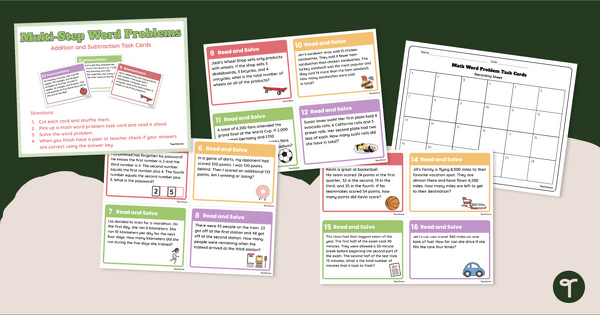
Multi-Step Addition and Subtraction Word Problem Task Cards
Solve multi-step addition and subtraction word problems with a set of printable math task cards.
- Plus Plan
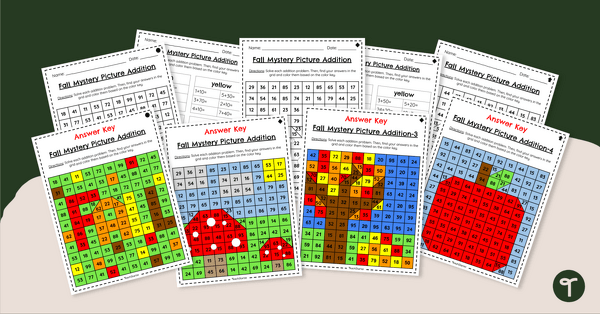
Fall Math Worksheets - Addition to 99
Celebrate the coming of Fall and practice adding 2-digit numbers up to 99 with a set of four Fall color-by-number worksheets.
- Plus Plan
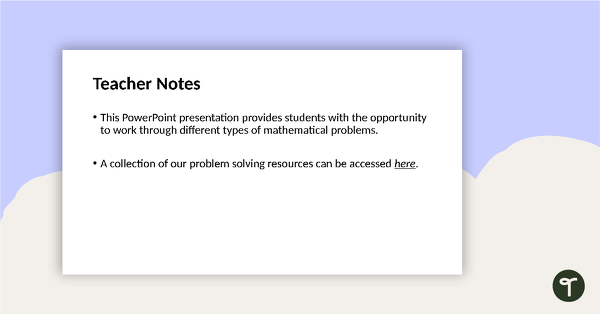
Open-Ended Math Problem Solving - Grades 1, 2, and 3 (PowerPoint Version)
A PowerPoint with 20 open-ended problem solving questions covering a range of mathematical concepts.
- Plus Plan
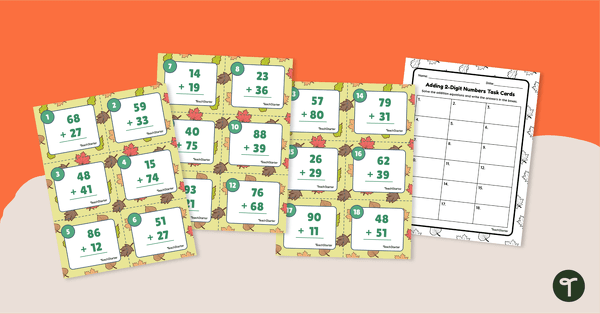
Adding 2-Digit Numbers - Fall Math Task Cards
Celebrate the coming of Autumn and practice adding 2-digit numbers with this set of 18 task cards.
- Plus Plan

2-D Shape Math Investigation - My Crazy Playhouse!
A mathematics investigation involving 2-D shape, embedded in a real-world context.
- Plus Plan
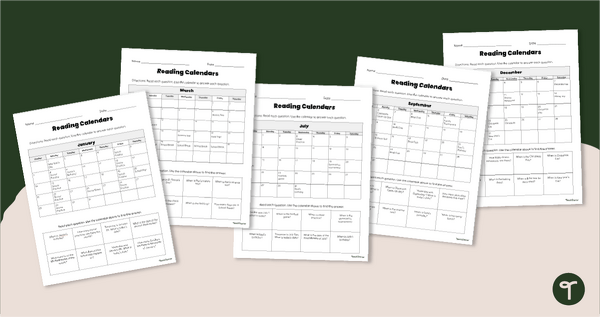
Reading a Calendar Worksheets
Practice reading a calendar with a pack of printable monthly Calendar Worksheets.
- Plus Plan
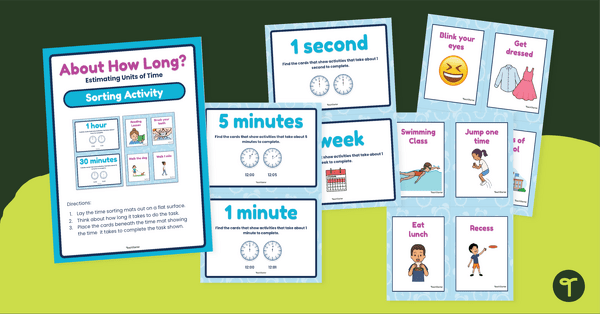
Hours, Seconds & Minutes - Estimating Time Sort
Estimate activities that take about a second, minute, hour, and week with a printable unit of time sorting activity.
- Plus Plan
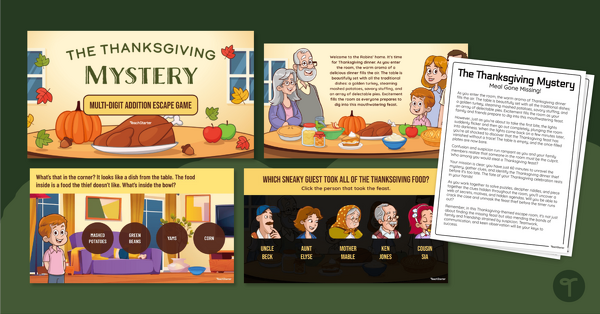
Thanksgiving Escape Room - The Stolen Feast
Play a Thanksgiving Escape Room game and practice two-and-three digit addition for holiday fun!
- Plus Plan
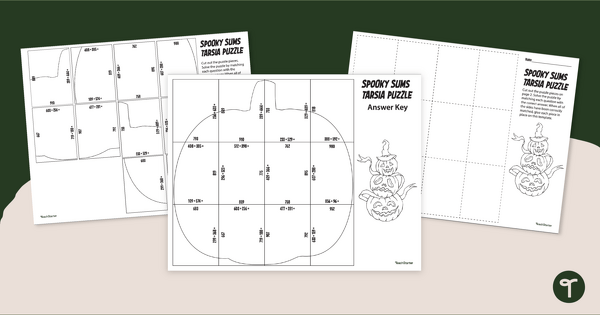
Spooky Sums Tarsia Puzzle - 3 Digit Addition
Practice three-digit addition skills with a Halloween pumpkin tarsia puzzle.
- Plus Plan
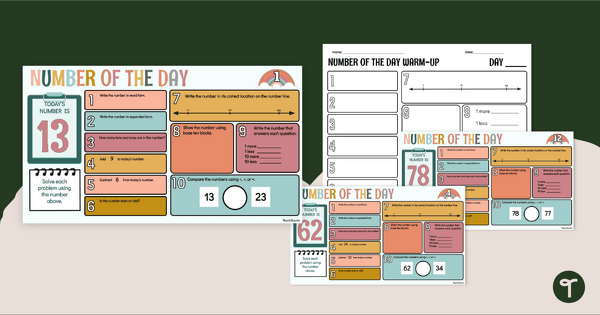
2-Digit Number of the Day - Spiral Review
Review a variety of second-grade math concepts with a Number of the Day slide deck and recording sheet.
- Plus Plan
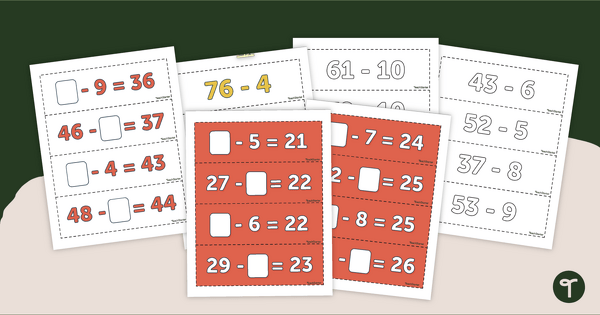
Mental Math – Subtraction Flashcards
Build up your students' mental math skills with a set of 36 subtraction flashcards using one- and two-digit numbers.
- Free Plan
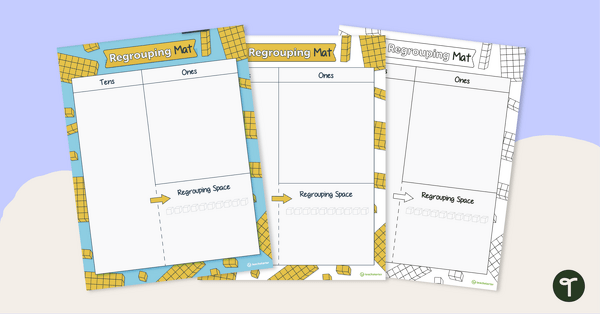
Subtraction with Regrouping - Printable Math Mat
Explore subtraction with regrouping using a printable subtraction math mat.
- Plus Plan
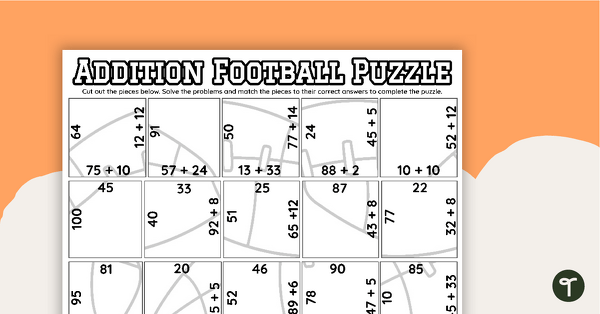
Football Tarsia Puzzle - 2 Digit Addition
Print and assemble a football-themed tarsia puzzle to use when practicing two-digit addition skills.
- Plus Plan
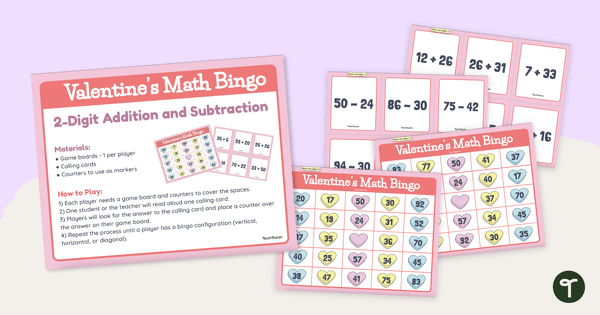
Valentine Bingo - 2-Digit Addition and Subtraction Game
Add and subtract two-digit numbers to win this fun Valentine’s Bingo Game!
- Plus Plan

Math Brain Teasers – Primary Grades
Challenge your first and second-grade students to solve these brain teasers with a set of 10 math word problems.
- Plus Plan
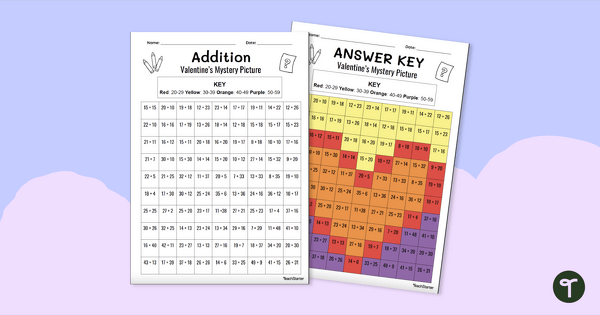
Color-by-Number Valentine's Day Addition Worksheet
Have fun with your Valentine’s Day Math practice with an addition color by number worksheet.
- Plus Plan
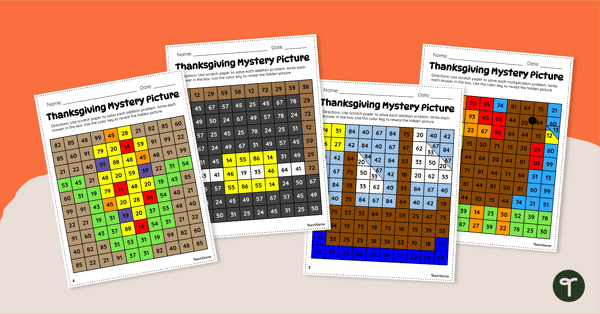
Thanksgiving Mystery Pictures - Addition to 99
Celebrate Thanksgiving and practice adding 2-digit numbers up to 99 with a set of four Thanksgiving-themed color-by-number worksheets.
- Plus Plan
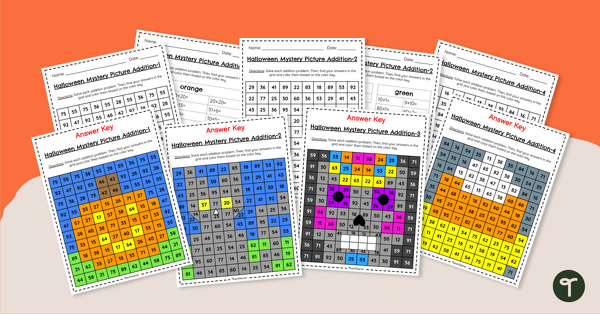
2-Digit Addition Color by Number- Halloween Mystery Picture
Celebrate the coming of Halloween and practice adding 2-digit numbers up to 99 with a set of addition color by number worksheets.
- Plus Plan
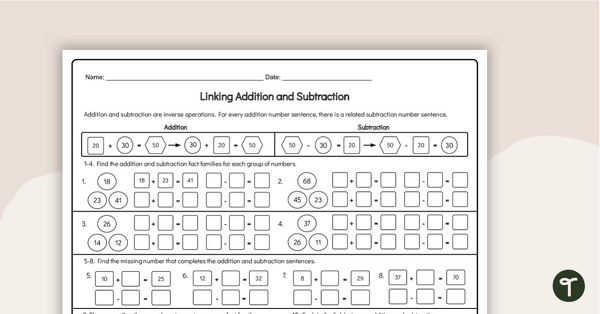
Linking Addition and Subtraction Worksheet
Explore the relationship between addition and subtraction with a fact family worksheet.
- Plus Plan
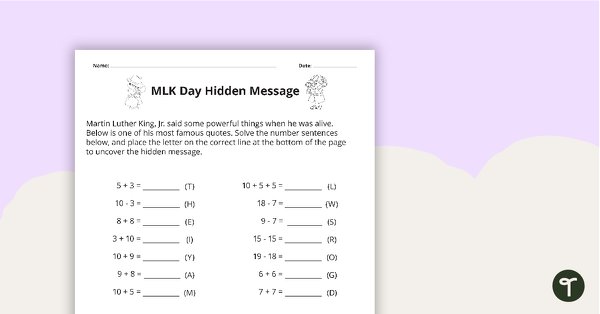
MLK Day Hidden Message - Lower Grades
Practice addition and subtraction facts within 20 to uncover a meaningful quote.
- Plus Plan
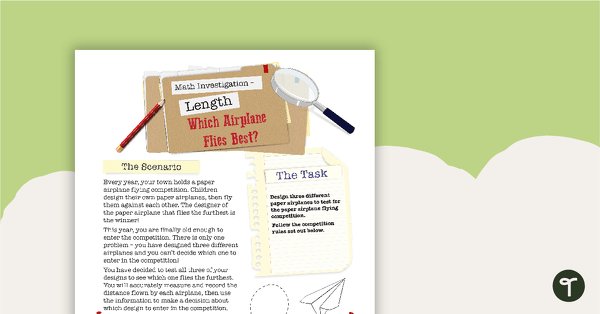
Length Math Investigation - Which Airplane Flies Best?
A mathematics investigation about measuring distance, embedded in a real-world context.
- Plus Plan
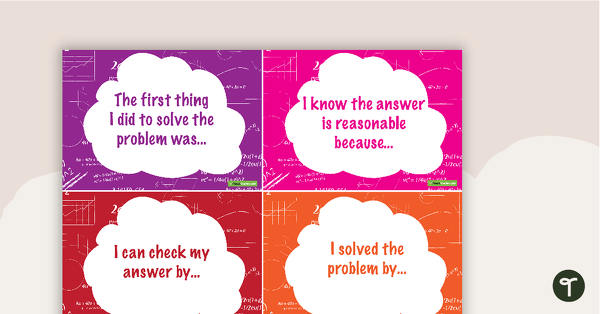
Math Thinking Sentence Starter Cards
Forty-two cards with math reflective sentence starters.
- Plus Plan
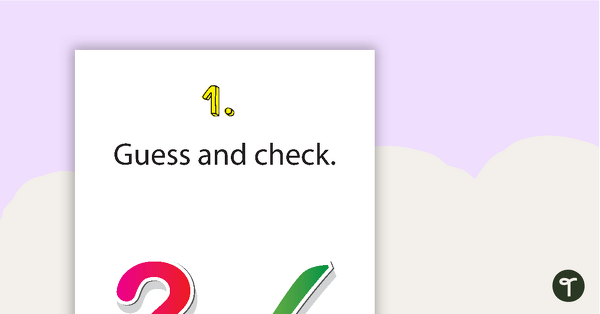
10 Problem Solving Strategies Posters
Posters highlighting 10 problem solving strategies.
- Plus Plan
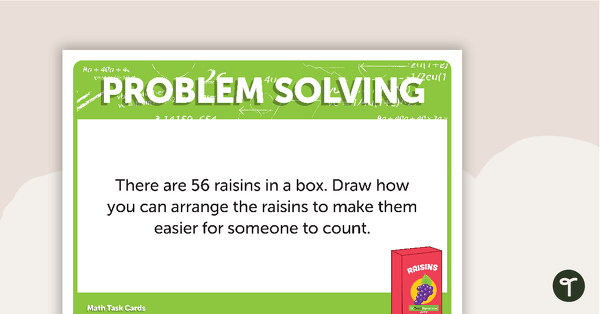
Open-ended Math Problem Solving - Grades 1, 2, and 3 (Task Card Version)
A set of 20 open-ended problem solving task cards covering a range of mathematical concepts.
- Plus Plan
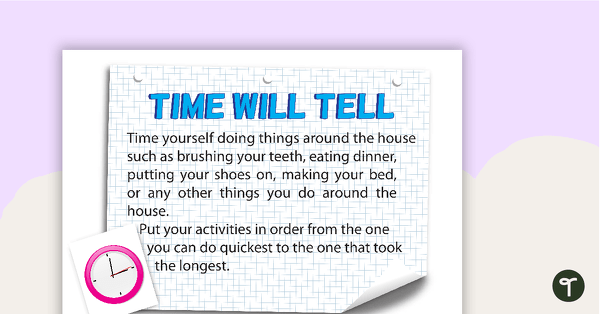
Math Homework Cards with Worksheets
9 Math task cards to assign as homework.
- Plus Plan
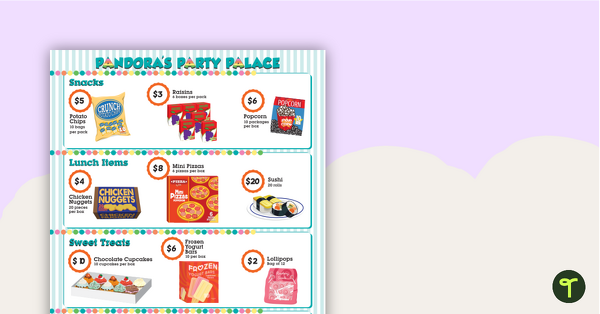
Pandora's Party Palace Math Activity - Lower Level Version
16 mathematics problem solving task cards involving money in a real-world context.